
How To Hang Pictures On Horsehair Plaster Walls CreativePersonSpecials
Avoid breaking lath keys and loosening plaster by using a drill and wood screw instead of hammer and nail to hang things on your walls. 6. Re-attach loose plaster. Fix loose plaster to wood lath.
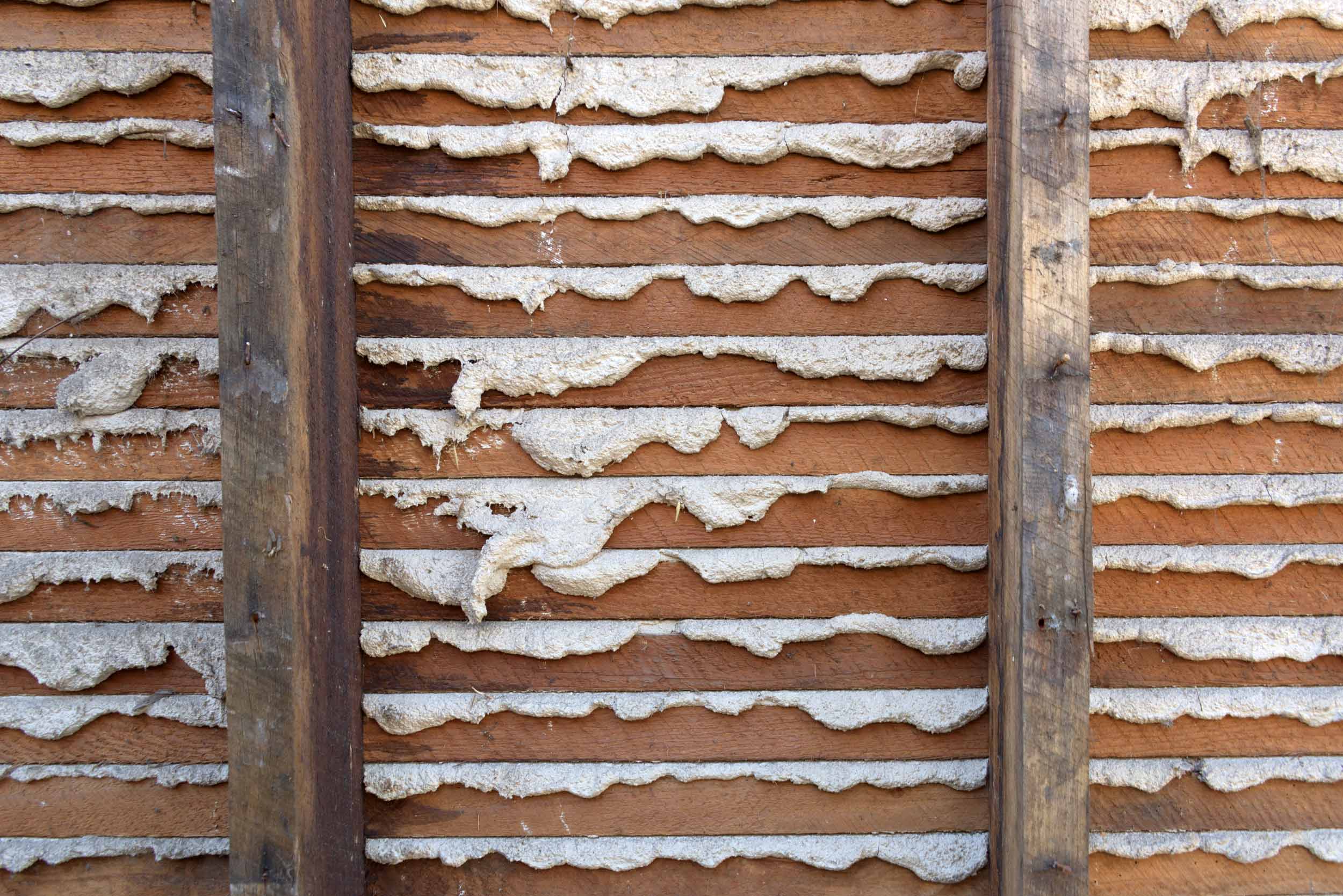
Horse Hair Plaster Walls In Home Renovation Keep, Cover, or Remove? — Degnan DesignBuildRemodel
This is "horsehair plaster". Yes, it really has hair in it - though maybe not from a horse. Plaster has been used as an interior and exterior wall covering for thousands of years. It consists of a binding agent (clay, lime, gypsum, or cement), an aggregate (traditionally sand), and water; fibers such as hair are often added for strength.

How To Hang Pictures On Horsehair Plaster Walls References do yourself ideas
Horsehair plaster comprises water, lime, aggregate, and sometimes animal hair. It's used to bind the mixture together. It's used to create a smooth surface to which paint will adhere. Horsehair plaster is a popular alternative to the traditional plaster of Paris. It is a type of plaster that is made up of a mixture of clay, water, and horsehair.
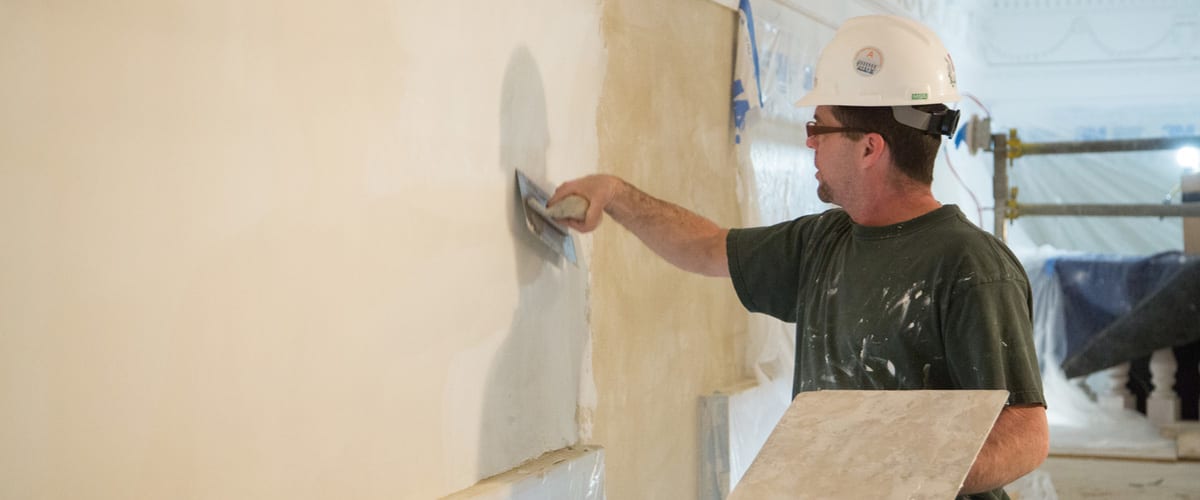
History and Use of Horsehair Plaster Canning Liturgical Arts
Horsehair plaster is made out of varying combinations of water, lime, plaster, sand, and animal hair - you guessed it - most often horsehair. Sometimes the hair from other animals such as oxen, donkeys, and goats was utilized instead of horsehair.

damaged old Horse Hair plaster. Repair. What to use? YouTube
Powdered lime, sand, and fibers (often horsehair) were the traditional ingredients used in the creation of lath and plaster walls. A typical lath and plaster wall required a minimum of three.
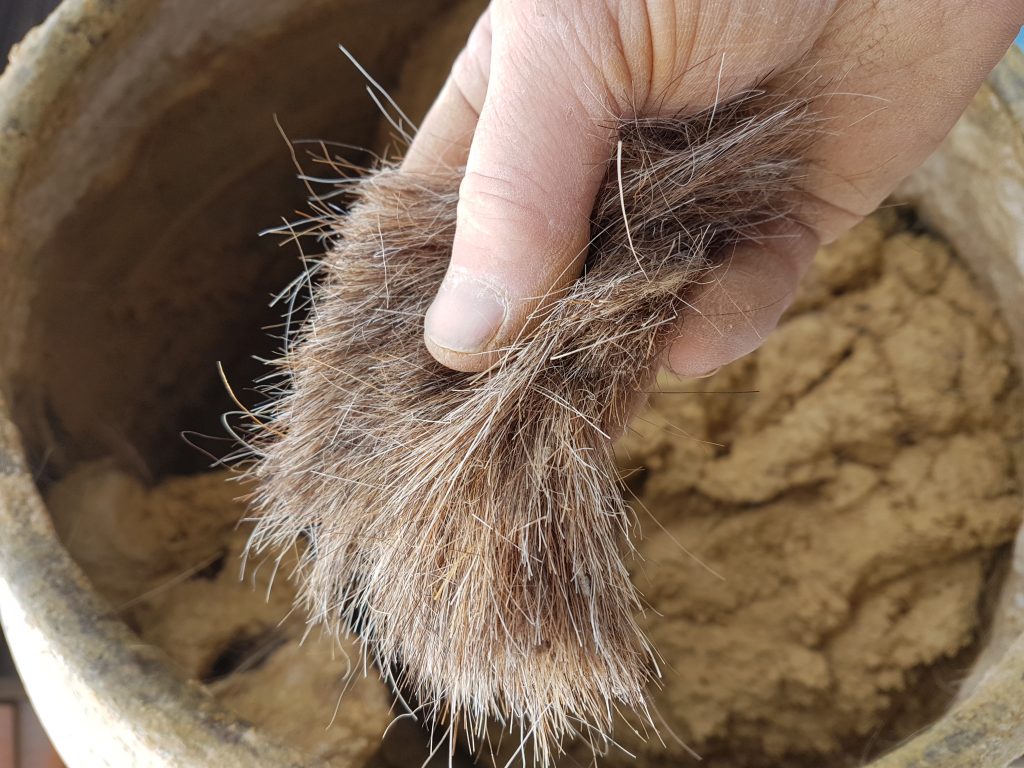
historic lime plaster with horse hair Oakhouse Construction
Horsehair plaster is commonly used in older South Shore and Boston-area homes and is comprised of lime, aggregate, and sometimes animal hair. Homebuilders used horsehair in the early 1900s to bind the plaster mixture together and add strength.

Warm study. USING HORSE HAIR PLASTER. LIME BASED. OLD HOUSE YouTube
What is Horsehair Plaster? Horsehair plaster is not much different from other types of plasters used for coating the buildings. Horsehair plaster specifically is prepared by mixing a few elements which are lime, aggregate, water and animal hair. These materials are mixed together a little before applying it to the lath.
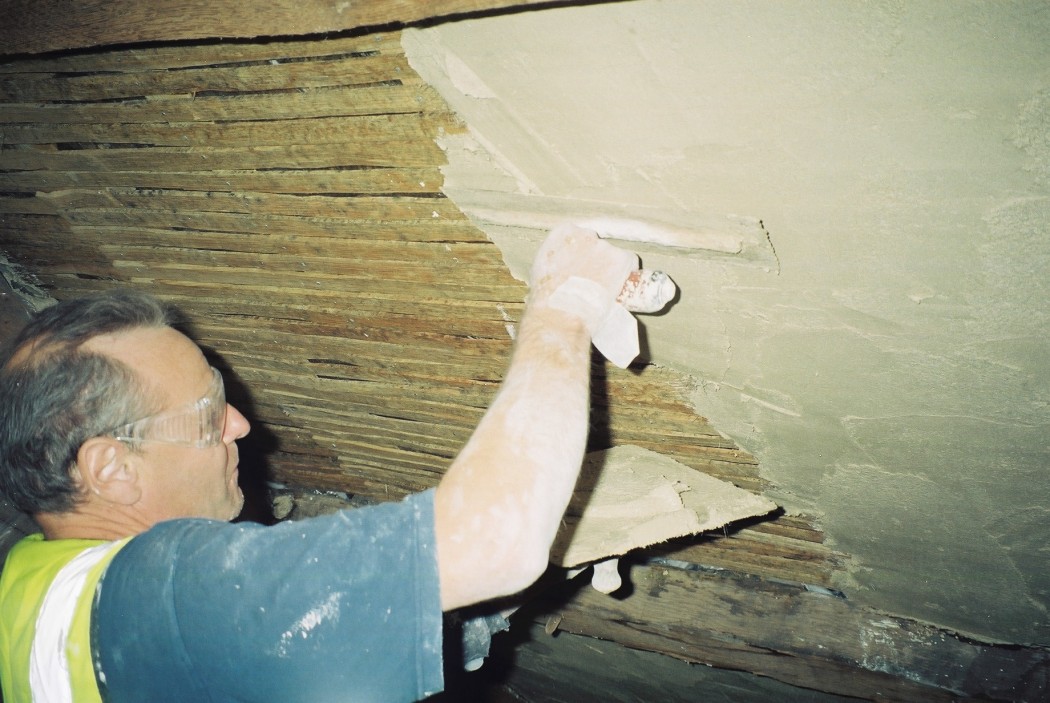
Historic Plastering using Traditional Sand Lime Horsehair & Wooden Lath Materials Plaster
Horsehair plaster is a relatively simple mixture and application process. The plaster is composed of three elements; lime, aggregate, water and animal hair, which is mixed together shortly before applying to the lath.

Traditional lath and plaster wall with horse hair in old Cotswold farm house UK Stock Photo Alamy
Horsehair plaster, also known as lath and plaster, is typically found in older homes and homes of significant historical value. This practice is not commonly used today. In fact, drywall began replacing the process in the 1950s. However, you can still find a lot of homes with horsehair plaster.

Horsehair Plaster LOPCO Contracting RI
Horsehair plaster is a type of plaster made from a mixture of lime, aggregate, water, and animal hair (horsehair being very commonly used), which is then applied onto laths (thin flat strips of wood nailed to the studs.) The mixture created a gritty, textured look and feel that has been used as far back as the 1800s.

LIme based HORSE HAIR PLASTER Ceiling Repair YouTube
These walls are sometimes called "horse-hair plaster" because it was common to mix horse hair into the wet plaster to add strength, and to prevent cracking with minor flexing. Heating and cooling a house will cause plaster to expand and shrink slightly, so the hair helped keep the walls a bit more flexible..

Traditional lath and plaster wall with horse hair in old Cotswold farm house UK Stock Photo Alamy
Horse Hair Plaster Walls In Home Renovation: Keep, Cover, or Remove? — Degnan Design-Build-Remodel Professional Advice On Custom Home Construction, Home Improvement, and The Design Build Process. Horse Hair Plaster Walls In Home Renovation: Keep, Cover, or Remove? The Pros & Cons Of Plaster Walls In A Home Renovation

Horse hair in plaster Sonia Marcus Flickr
Horsehair plaster is very prone to cracking and crumbling due to age, so frequent repairs are often necessary. Homes that are 100 years old or more are apt to have horsehair plaster and lath instead of drywall or plasterboard; it wasn't until the 1950s that drywall replaced the use of plaster and lath. Horsehair plaster is very prone to.

Horsehair Plaster Filling Holes Smoothing And Painting YouTube
Horsehair plaster repair Antique horsehair plaster has a historical charm that you just don't find in newer buildings. Most painters and craftsmen will take one look at crumbling horsehair plaster and tell you it can't be restored, and you should just drywall over it.
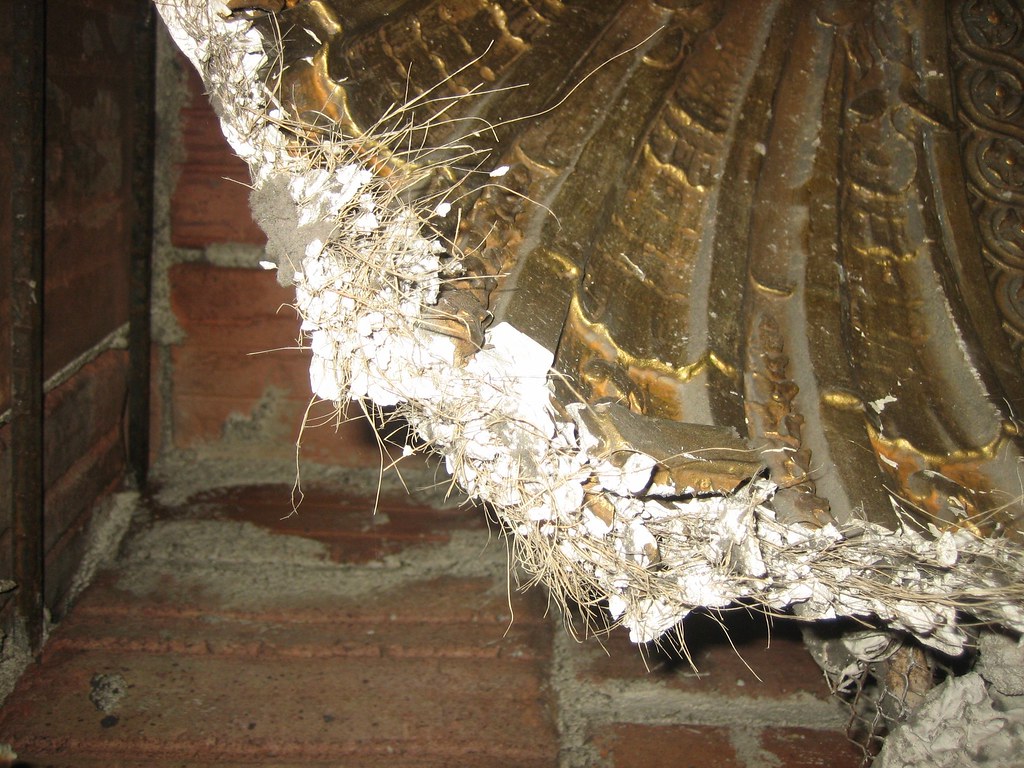
horse hair plaster Utah Heritage Foundation Flickr
Horsehair plaster is made up primarily of lime, aggregate (such as sand), animal hair, water, glue, or size (a form of adhesive) which helps bind everything together during application. It also contains some additives such as gypsum or Portland cement for increased durability against weathering elements like moisture or temperature fluctuations.

Horse hair for traditional plaster plastering hair
How to use a toggle bolt: Grab your drill, a small drill bit, a spade drill bit that's big enough to fit the toggle, your toggle bolt, and whatever it is you're hanging up (in this case, ALGOT wall uprights ). Drill a hole with your spade bit. ***When drilling into horsehair plaster walls, first drill a small pilot hole with the regular.